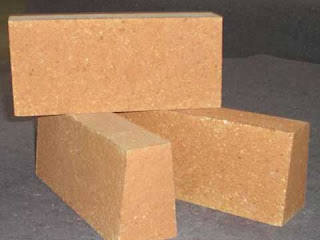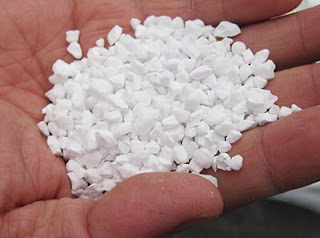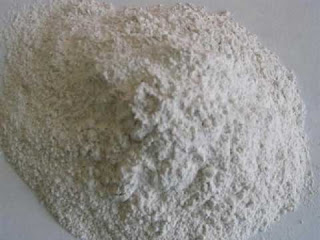Alumina Brick Applications
Alumina or high alumina bricks are bricks that are made to provide protection against high heat. These bricks are used in many different applications. The most typical for these particular bricks is in glass melting tanks. They may be sometimes called fire bricks. (check my blog)
Alumina bricks are also accustomed to line fireplaces, furnaces, and kilns. Besides being proof against high heat temperatures they are able to also hold onto their heat for prolonged periods. This enables them to provide greater efficiency for such things as furnaces or fireplaces.
These bricks comprise about 50 percent alumina. This will make them similar in makeup to fireclay bricks. Fireclay bricks have only about 40 percent alumina. The actual content from the alumina has much to do with the grade of the brick. Alumina bricks do not have porous surfaces therefore they also expand when they are open to high heat temperatures. They are able to withstand temperatures of over 2900 degrees F.
While they can expand they are not the first option for high-temperature primary bricks. They may be, however, much better fitted to backup bricks. The higher the content in the alumina the better off of the bricks are for industrial uses. Also, they are sometimes manufactured from alumina and chrome making them perfect for industrial uses that can expose the bricks to both hot and cold temperatures. They can even be proof against acidic slags.
The alumina within the bricks allows them to have good load bearing capabilities. Again, this is just what ensures they are last in the toughest conditions in industrial uses. So they can be regarded as high alumina they have to be made mostly of lower alumina silicates or clay.
These bricks have excellent load resistance in industrial uses once they contain some mullite crystals. They may be purchased online from quality manufacturers.
More Article:
Alumina bricks are also accustomed to line fireplaces, furnaces, and kilns. Besides being proof against high heat temperatures they are able to also hold onto their heat for prolonged periods. This enables them to provide greater efficiency for such things as furnaces or fireplaces.
| http://highaluminarefractory.com/alumina-bricks-manufacturer/ |
These bricks comprise about 50 percent alumina. This will make them similar in makeup to fireclay bricks. Fireclay bricks have only about 40 percent alumina. The actual content from the alumina has much to do with the grade of the brick. Alumina bricks do not have porous surfaces therefore they also expand when they are open to high heat temperatures. They are able to withstand temperatures of over 2900 degrees F.
While they can expand they are not the first option for high-temperature primary bricks. They may be, however, much better fitted to backup bricks. The higher the content in the alumina the better off of the bricks are for industrial uses. Also, they are sometimes manufactured from alumina and chrome making them perfect for industrial uses that can expose the bricks to both hot and cold temperatures. They can even be proof against acidic slags.
The alumina within the bricks allows them to have good load bearing capabilities. Again, this is just what ensures they are last in the toughest conditions in industrial uses. So they can be regarded as high alumina they have to be made mostly of lower alumina silicates or clay.
These bricks have excellent load resistance in industrial uses once they contain some mullite crystals. They may be purchased online from quality manufacturers.
More Article:
corundum
mullite bricks (click site):
|




评论
发表评论